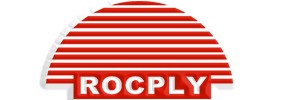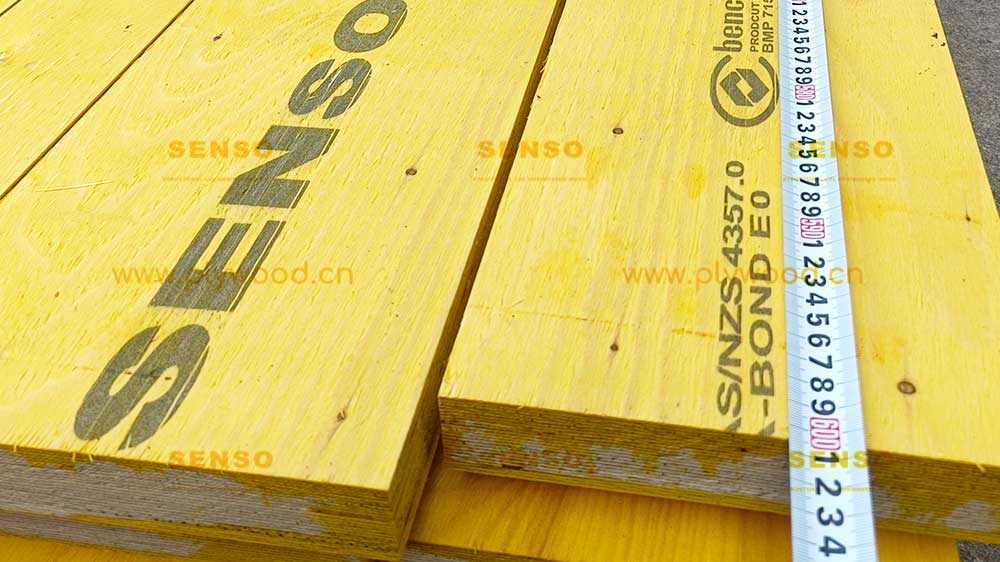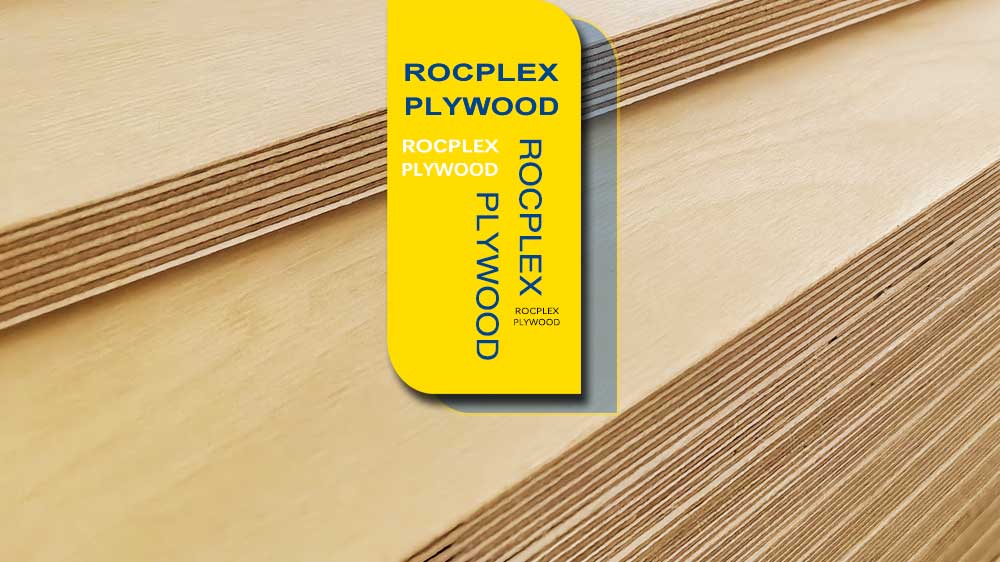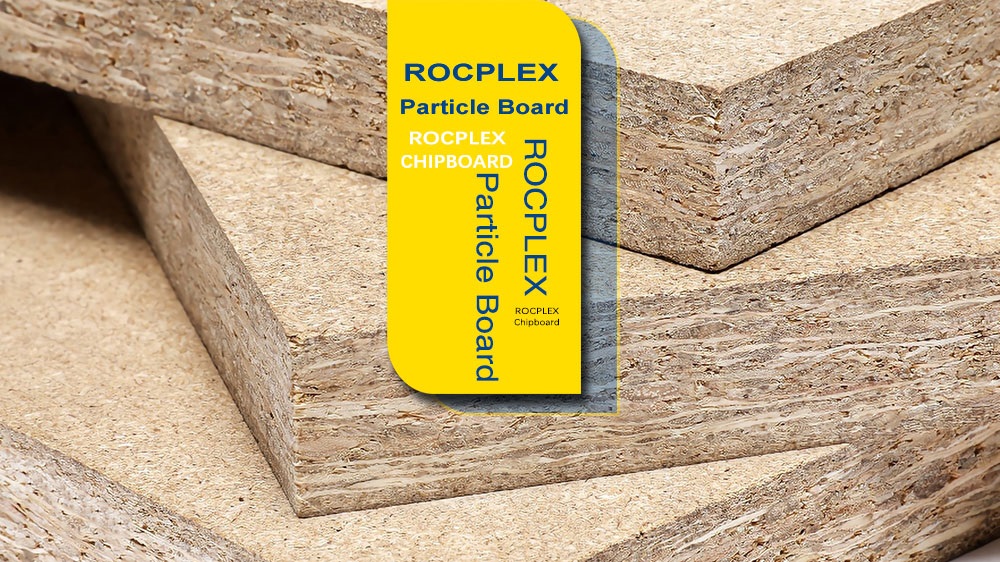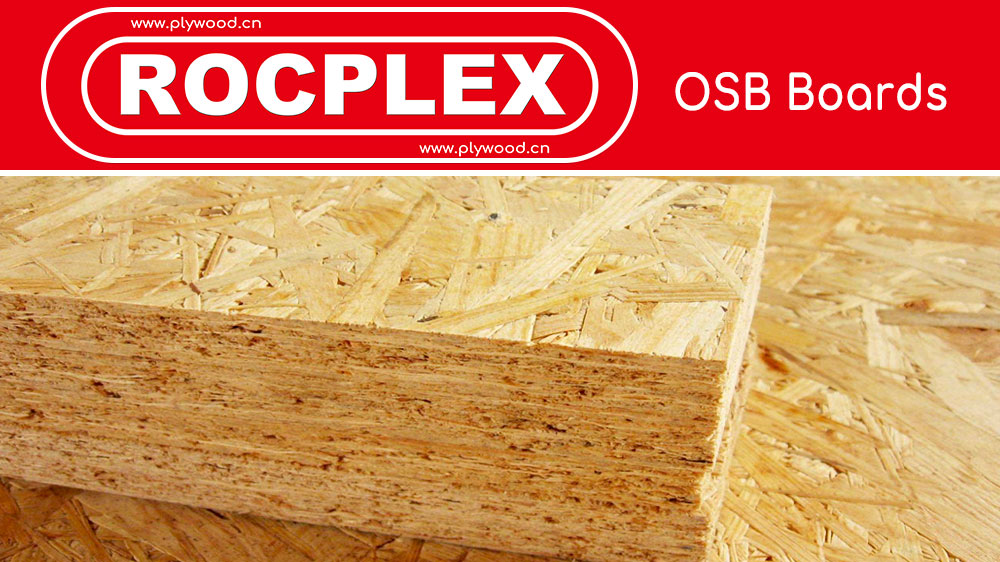What are Engineered Wood Products?
Engineered wood products are innovative building materials made by bonding layers of wood veneers, strands, or fibers using adhesives. These materials are designed to improve the structural performance and durability of wood while offering increased sustainability. Engineered wood products are widely used in construction, offering strength, versatility, and resistance to warping or shrinking. The most popular types include laminated veneer lumber (LVL), cross-laminated timber (CLT), plywood, particle board, and oriented strand board (OSB).
Engineered wood products are becoming more popular in residential and commercial construction projects. Their eco-friendly properties and cost-effectiveness attract many builders. Traditional solid wood can be limited by its size and shape. However, engineered wood products can be manufactured to precise specifications. This allows builders to achieve greater efficiency and consistency in their designs. These products are often lighter than solid wood. Their reduced weight makes them easier to transport and install. This leads to significant savings in both time and labor during construction.
In terms of sustainability, engineered wood products are a key component of green building initiatives. By maximizing the use of wood fibers and reducing waste, these products help lower the environmental impact of construction projects. Many engineered wood products come from fast-growing tree species. This ensures a more sustainable supply of materials for the future. As demand for eco-friendly construction grows, these products are becoming more essential. Engineered wood now plays a key role in shaping the industry’s future.
The Importance of Engineered Wood Products in Modern Construction
The construction industry is constantly evolving, and engineered wood products are at the forefront of this transformation. Builders and architects are increasingly looking for materials that offer the perfect balance of strength, sustainability, and versatility. Engineered wood products meet these criteria, making them an essential part of modern construction practices.
Sustainability and Engineered Wood Products
One of the biggest advantages of engineered wood products is their sustainability. Traditional building materials like steel and concrete have a significant environmental impact, requiring large amounts of energy to produce and contributing to carbon emissions. In contrast, engineered wood products are made from renewable resources and have a much smaller carbon footprint.
Laminated veneer lumber (LVL) is made by bonding thin wood veneers together. This process maximizes the use of each tree and reduces waste. Similarly, cross-laminated timber (CLT) is created by gluing wood panels at right angles. This results in a strong, lightweight material that can replace steel or concrete.
Plywood, particle board, and OSB are also made from wood fibers and strands. These products ensure efficient use of every part of the tree. In addition to being renewable, wood acts as a natural carbon sink. It absorbs and stores carbon dioxide from the atmosphere.
Using engineered wood in construction helps reduce carbon emissions. This contributes to the fight against climate change. Builders are increasingly choosing engineered wood to meet green building standards like LEED or BREEAM.
Strength and Durability of Engineered Wood Products
Despite being made from wood fibers and strands, engineered wood products are incredibly strong and durable.
Materials like LVL and CLT are often stronger than traditional solid wood. This makes them ideal for use in load-bearing structures. Their manufacturing process allows for better control over the wood’s properties.
As a result, these materials are more uniform and stable than natural timber. This consistency enhances their reliability in demanding applications. The improved strength and stability set LVL and CLT apart from traditional wood options.
LVL beams, for example, are engineered to resist warping, twisting, and shrinking, making them a reliable choice for structural applications. These beams are often used in framing, flooring, and roofing, where their strength and stability are essential. CLT panels, on the other hand, are ideal for large-scale projects like high-rise buildings, as they can span greater distances without the need for additional support.
Plywood, particle board, and OSB are also commonly used in construction due to their durability and resistance to moisture. These materials are often used for sheathing, subflooring, and wall panels, where they provide a stable and long-lasting surface. Unlike solid wood, which can be affected by changes in temperature and humidity, engineered wood products are designed to maintain their shape and strength over time, ensuring the longevity of the structure.
Types of Engineered Wood Products: A Closer Look
Engineered wood products come in many forms, each with its own unique properties and applications. Understanding the different types of engineered wood can help builders choose the right material for their specific project needs. Below is an overview of the most common types of engineered wood products:
1. Laminated Veneer Lumber (LVL)
Laminated veneer lumber (LVL) is a high-performance engineered wood product made by bonding layers of wood veneer together. The veneers are stacked in parallel and glued under heat and pressure, resulting in a strong, uniform material that can be used for beams, headers, and joists. LVL is particularly known for its strength and stability, making it a popular choice for load-bearing applications in construction.
LVL is often used in framing, where its ability to span long distances without sagging or warping is highly valued. It is also resistant to moisture and decay, making it ideal for use in outdoor or high-humidity environments. In addition to its structural benefits, LVL is also an eco-friendly option, as it uses less raw material than solid wood and can be made from fast-growing tree species.
2. Cross-Laminated Timber (CLT)
Cross-laminated timber (CLT) is another type of engineered wood product that has gained popularity in recent years. It is made by stacking layers of wood panels at right angles and bonding them together with adhesives. This cross-laminating process gives CLT its strength and stability, allowing it to be used in large-scale construction projects like multi-story buildings.
CLT is known for its versatility, as it can be used for walls, floors, roofs, and even entire building structures. Its ability to span large distances without the need for additional support makes it a popular choice for architects and builders looking to create open, airy spaces. Additionally, CLT’s lightweight nature reduces the need for heavy machinery during construction, making it a cost-effective and environmentally friendly option.
3. Plywood
Plywood is one of the most widely used engineered wood products, known for its strength, flexibility, and affordability. It is made by bonding thin layers of wood veneer together with adhesives, with the grain of each layer running perpendicular to the previous one. This cross-graining process gives plywood its strength and resistance to warping or splitting.
Plywood is commonly used in a variety of construction applications, including sheathing, subflooring, roofing, and cabinetry. Its versatility and ease of use make it a go-to material for builders and DIY enthusiasts alike. Plywood is available in different grades, with higher-grade plywood being used for visible applications like cabinetry, while lower-grade plywood is used for structural purposes.
4. Particle Board
Particle board is an engineered wood product made from wood chips, sawdust, and other wood particles bonded together with resin. It is a cost-effective alternative to plywood and solid wood, often used in furniture, cabinetry, and interior finishes. While not as strong as other engineered wood products, particle board is lightweight and easy to work with, making it a popular choice for non-structural applications.
Particle board is often used as a base for laminates and veneers, providing a smooth surface for decorative finishes. However, it is not as durable or moisture-resistant as other engineered wood products, so it is typically used in areas where strength and moisture resistance are not critical.
5. Oriented Strand Board (OSB)
Oriented strand board (OSB) is made from thin strands of wood arranged in layers and bonded together with adhesives. It is similar to plywood in terms of strength and durability but is generally more affordable. OSB is commonly used for sheathing, subflooring, and roof decking in residential and commercial construction.
OSB offers strength and resistance to moisture, making it reliable for structural applications. It performs well in areas where exposure to the elements is likely. Additionally, it serves as an eco-friendly option by using wood strands from fast-growing tree species.
The production of OSB generates less waste than traditional wood products. These features contribute to its popularity in sustainable construction. Its durability and environmental benefits make it a preferred material for many builders.
Trends in Engineered Wood Products: What’s Next?
The use of engineered wood products in construction is expected to continue growing in the coming years, driven by advances in technology and a growing emphasis on sustainability. Here are some of the key trends shaping the future of engineered wood products:
The Rise of Mass Timber Construction
Mass timber construction is an emerging trend that uses engineered wood products like CLT and LVL to build entire structures. This method is gaining popularity for its environmental benefits and potential to reduce costs and timelines. Mass timber buildings are lighter than steel or concrete structures, which reduces the need for heavy foundations.
Faster construction times are another advantage of mass timber. CLT and LVL play a key role in this trend, offering sustainable and efficient alternatives to traditional materials. These buildings are also more energy-efficient since wood has natural insulating properties that lower energy consumption.
Mass timber is becoming a preferred choice for green building projects and sustainable urban development. Cities aiming to reduce their carbon footprints are turning to mass timber construction. As a result, this method is expected to shape the future of urban architecture.
Prefabrication and Modular Construction with Engineered Wood Products
Another growing trend in the construction industry is the use of prefabrication and modular construction techniques. Engineered wood products like LVL, CLT, and OSB are ideal for prefabrication, as they can be manufactured to precise specifications and easily assembled on-site. This reduces the amount of time and labor needed for construction, making the process more efficient and cost-effective.
Modular construction involves building sections of a structure off-site in a controlled environment and then transporting them to the building site for assembly. Engineered wood products are perfect for this method, as their lightweight and durable nature make them easy to transport and install. This method not only saves time but also reduces waste and minimizes the environmental impact of construction.
Prefabrication with engineered wood products is particularly popular in residential construction, where builders can quickly assemble homes and apartment complexes using pre-cut timber panels. It’s also being used in commercial construction for offices, schools, and healthcare facilities. As demand for faster, more efficient building methods grows, engineered wood products are expected to become an even more integral part of prefabricated and modular construction.
Innovations in Engineered Wood Products
Advancements in technology are also driving innovation in engineered wood products. Researchers and manufacturers are constantly developing new methods to enhance the strength, durability, and sustainability of these materials. One area of focus is the development of hybrid wood products that combine the best properties of different materials. For example, some products now incorporate recycled materials or biocomposites to create even stronger and more environmentally friendly wood products.
Improvements in adhesive technology have made engineered wood products more resistant to moisture, chemicals, and fire. This advancement is crucial for CLT and LVL beams used in large-scale projects. In these projects, safety and durability are top priorities. These innovations also enable the use of engineered wood products in more demanding environments. High-rise buildings and industrial facilities benefit from these advancements. As a result, the range of applications for engineered wood continues to grow.
Benefits of Engineered Wood Products for Builders and Developers
Engineered wood products offer a wide range of benefits for builders and developers, making them an attractive option for both residential and commercial projects. Here are some of the key advantages:
1. Sustainability
As mentioned earlier, engineered wood products are made from renewable resources and are more environmentally friendly than traditional building materials like steel and concrete. The efficient use of wood fibers and the ability to source these products from fast-growing tree species make them a sustainable choice for eco-conscious builders. By using engineered wood products, developers can help reduce deforestation, lower their carbon footprint, and contribute to green building initiatives.
2. Cost-Effectiveness
Engineered wood products are often more cost-effective than solid wood or traditional building materials. Their lightweight nature reduces transportation and installation costs, while their durability and strength minimize the need for repairs and replacements over time. Additionally, the use of prefabrication and modular construction techniques with engineered wood products can lead to significant savings in labor and construction timelines.
3. Strength and Durability
Engineered wood products like LVL, CLT, and OSB are designed to be stronger and more durable than natural wood. Their resistance to warping, twisting, and moisture damage makes them an ideal choice for structural applications in both residential and commercial projects. Builders can rely on these products to provide long-lasting support for floors, walls, and roofs, ensuring the stability and safety of the building.
4. Design Flexibility
One of the greatest advantages of engineered wood products is their versatility. These materials can be customized to fit a wide range of architectural styles and design preferences. Engineered wood products provide endless design possibilities. They allow for creating large open spaces with minimal support columns. Exposed wood elements can also be added to enhance a building’s aesthetic appeal. Builders and architects enjoy the freedom to experiment with different layouts. They can explore various configurations with confidence. These materials are designed to handle the structural demands of modern designs.
Engineered Wood Products in Residential and Commercial
Engineered wood products are used in a variety of construction projects, from single-family homes to large commercial buildings. Their versatility, strength, and sustainability make them suitable for almost any type of construction.
Residential Applications
In residential construction, engineered wood products are commonly used for framing, flooring, roofing, and wall panels. LVL beams are often used as joists and headers, providing the necessary support for floors and ceilings. CLT panels are gaining popularity in residential projects for several reasons. They create solid walls, floors, and roofs efficiently. These panels also reduce the need for extra insulation. Plywood and OSB play essential roles in construction as well. They are often used for subflooring and wall sheathing. Both materials provide a stable and durable base for the structure. Their strength ensures long-lasting support throughout the building.
Many homeowners also appreciate the aesthetic appeal of exposed wood in their homes. Engineered wood products like CLT and LVL beams can be left visible in living spaces, adding warmth and character to the interior design. The natural beauty of wood combined with the structural advantages of engineered wood products makes them a popular choice for architects and homeowners alike.
Commercial Applications
Engineered wood products are also widely used in commercial construction, particularly in office buildings, schools, and public facilities. The ability to span large distances without additional support columns makes CLT and LVL beams an ideal choice for creating open, flexible spaces. These materials are also lightweight, reducing the need for heavy foundations and allowing for faster construction timelines.
In addition to their structural benefits, engineered wood products offer an eco-friendly alternative to traditional building materials. Many commercial developers are choosing engineered wood products to meet green building certifications and to promote sustainability in their projects. The combination of strength, design flexibility, and environmental benefits has made engineered wood products a favorite among developers looking to create high-performance, energy-efficient buildings.
FAQs about Engineered Wood Products
Q: What are the main benefits of using engineered wood products in construction?
A: Engineered wood products offer sustainability, strength, and design flexibility. They are more eco-friendly than traditional building materials, provide superior strength and stability, and can be customized to fit a wide range of architectural styles.
Q: What is the difference between LVL and CLT?
A: LVL (laminated veneer lumber) is made by bonding layers of wood veneer together, creating a strong beam for load-bearing applications. CLT (cross-laminated timber) is made by layering wood panels at right angles, providing strength and stability for walls, floors, and roofs.
Q: How are engineered wood products more sustainable than traditional building materials?
A: Engineered wood products are made from renewable resources and use wood fibers more efficiently than solid wood. They have a smaller carbon footprint than materials like steel or concrete and help reduce waste in construction projects.
Q: Can engineered wood products be used in high-rise buildings?
A: Yes, engineered wood products like CLT and LVL are increasingly being used in high-rise construction. These materials are strong, lightweight, and can meet the structural demands of tall buildings while offering environmental benefits.
Q: Are engineered wood products resistant to moisture and fire?
A: Many engineered wood products are designed to resist moisture and can be treated for fire resistance. For example, CLT panels can be manufactured with fire-retardant properties, and LVL beams are naturally resistant to warping and shrinking in humid conditions.
Engineered wood products have transformed the construction industry. They offer sustainable, strong, and versatile materials for various applications. Advancements in technology have further improved their performance. The growing focus on green building practices has increased their popularity. These materials are set to play a bigger role in the future. They will continue to shape the construction industry moving forward.
Post time: Oct-26-2024
